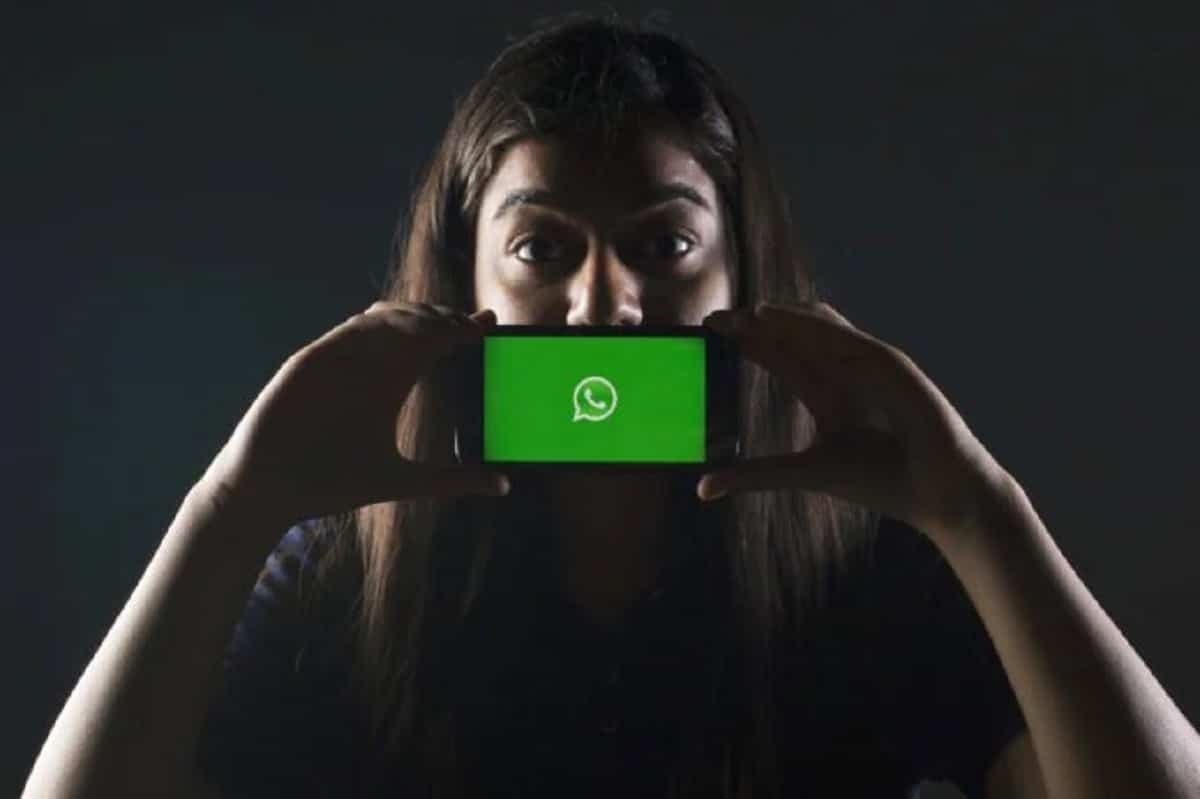The code behind 143
For many teens, the number 143 is a compact way to say “I love you.” Each digit maps to a word count: 1 for “I,” 4 for “love,” and 3 for “you.” It’s a simple, sweet shorthand that travels fast across WhatsApp chats.
Beyond romance, the code can carry warmth between friends or family members. It makes affection feel playful, discreet, and slightly mysterious. That subtle mystery is part of its appeal, especially in fast-paced digital conversations.
Where it started and how it spread
While TikTok helped popularize 143 in recent years, the code has much older roots. It was used in pager-era culture, when brevity and simplicity were essential. Social platforms revived the format, making it feel fresh, trendy, and highly shareable.
Creators turned 143 into a signal of positivity and care in comments, captions, and DMs. A popular variant, 1437, adds “for ever,” with 7 standing for the word count in “forever.” That extra digit raises the emotional stakes without breaking the code.
Related number codes you might see
Young people lean on other numerical codes to keep chats light and expressive. The following examples appear often on WhatsApp and across social feeds:
- 666: A calming or positive nudge meant to soothe stress and encourage a better mood. It signals “all good,” not anything sinister.
- 687: A quick “I’m sorry,” mapping S‑O‑R to 6‑8‑7. Couples use it after arguments to break the ice.
- 1543: “Love you always,” often sent after a breakup when feelings still linger. It’s a gentle, subtle bridge back to connection.
- 1122: A boost of energy and “you’ve got this” strength for tough days. It’s the numeric form of support and encouragement.
- 1437: “I love you forever,” adding a promise to the original phrase. It communicates commitment with minimal text.
Why teens prefer secret codes
These codes offer a sense of privacy and shared belonging. They allow messages to stay intimate, even in busy group chats. To outsiders, they look like numbers, but to insiders, they carry clear meaning.
They also embody creative resistance to standardized, formal language. Teens enjoy inventing new norms that feel authentic to their culture. TikTok and similar platforms accelerate adoption, turning small signals into large trends.
“Numbers make emotions feel lighter and safer to share—short, sweet, and just between us.”
How to use 143 thoughtfully
Use 143 when you want to be tender without getting overly formal. It fits moments that feel sweet, spontaneous, and low-pressure. If your relationship calls for clarity, consider pairing the code with a few plain words.
When you receive 143, think about the context and your connection with the sender. A friendly 143 from a classmate may mean warm support, not a grand romantic gesture. Respond in a way that feels honest and comfortably you.
If you prefer direct language, there’s nothing wrong with writing “I love you.” Codes should help you feel more expressive, not more confused. The goal is a message that lands with care, not unnecessary ambiguity.
The cultural pull of tiny signals
Numbers make emotions feel manageable in a fast, always-on world. They compress big feelings into a few characters that travel instantly. The compactness adds a bit of fun, and the decoding adds a bit of bonding.
Parents may not grasp every reference, but that’s part of the point. Subculture thrives on shared winks and insider language. As long as the intent stays kind, codes like 143 can soften daily communication.
What matters most is the care behind the characters and the trust built over time. Whether it’s 143, 687, or 1122, the message is about connection. In the end, the right number says just enough, then lets the conversation flow.

